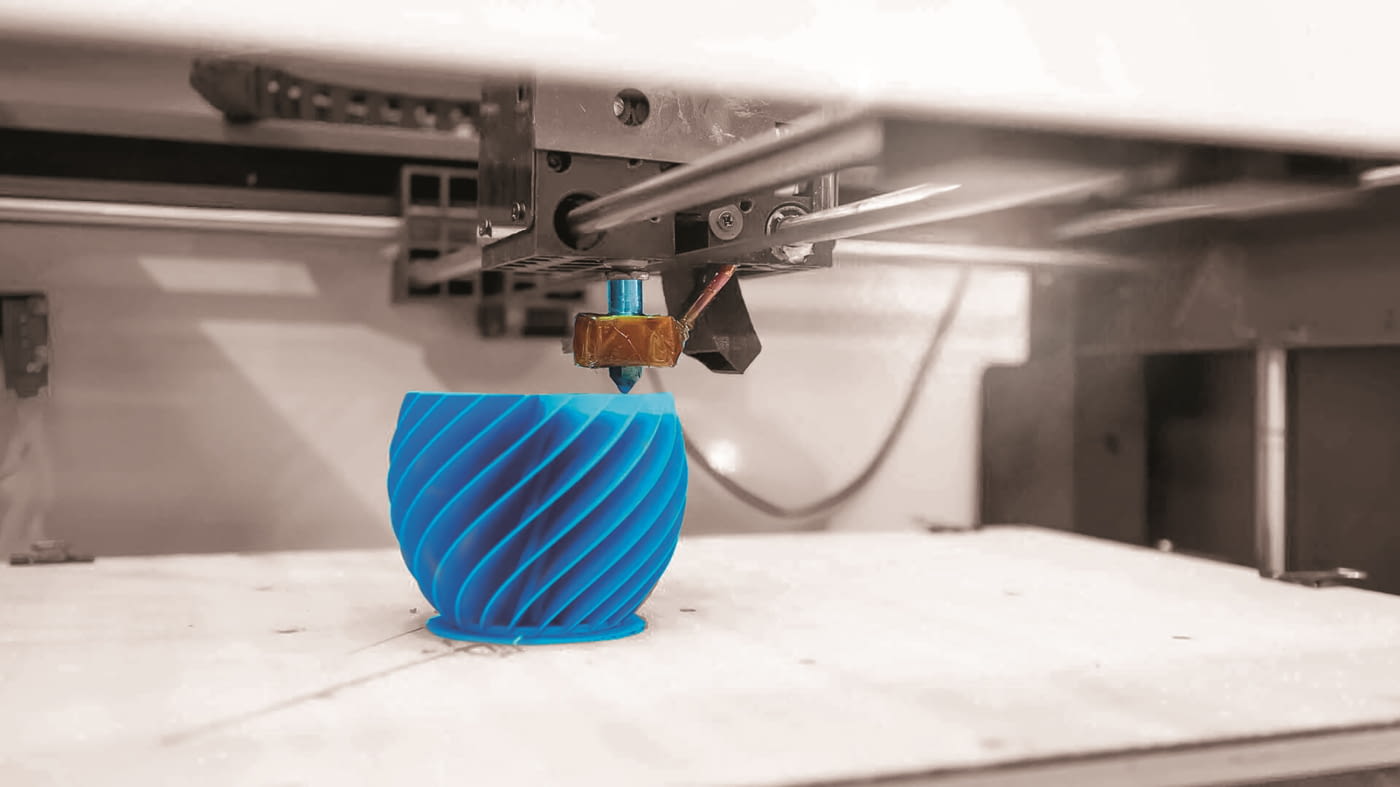FUSED DEPOSITION MODELING
FDM/FFF (Fused Filament Fabrication).
The conversion of filaments into industrial quality parts.
FDM technology can be used to create detailed functional prototypes as well as technical parts with highly complex geometries.As a result, parts manufactured with this additive printing process can be used in the most specialised fields of industry, from aeronautical industry components to the packaging industry or production tools and assembly lines in factories in the automotive industry – small quantities of parts.
The materials used with this technology are standard and durable, with good mechanical properties that give the end parts quality, stability and high accuracy.

A wide variety of thermoplastic polymers are used for fused deposition 3D printing: PLA, ABS, Nylon, HIPS, TPU, PC, CPE, PA.
How does FDM work?
FDM is a filament-based technology in which a temperature-controlled printing head accurately extrudes a thermoplastic material, layer by layer, into a 3D model on a build platform (known as a build plate/printer bed).
To improve the quality of some 3D prints, support structures are created when needed and are often constructed from a water-soluble material.
To improve the quality of some 3D prints, support structures are created when needed and are often constructed from a water-soluble material.
FDM applications:
Products for engineering, industrial machinery and tool manufacturing in all sectors, high accuracy and functional end parts.TECHNICAL SPECIFICATIONS:
330 x 240 x 300 mm
Layer height: 0.06 – 0.2 mm
Tolerances: ± 0.2 mm
330 x 240 x 300 mm
Layer height: 0.06 – 0.2 mm
Tolerances: ± 0.2 mm


